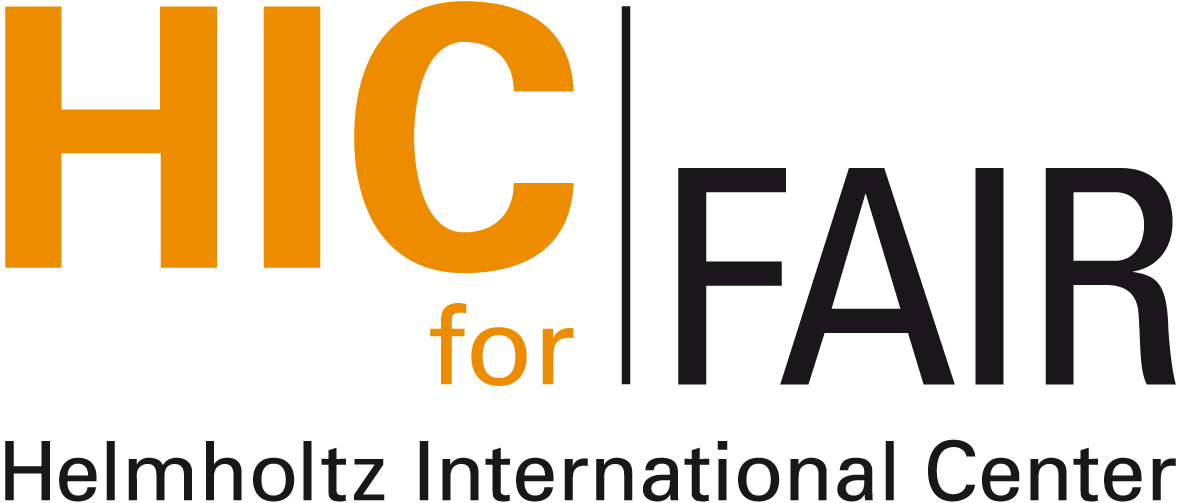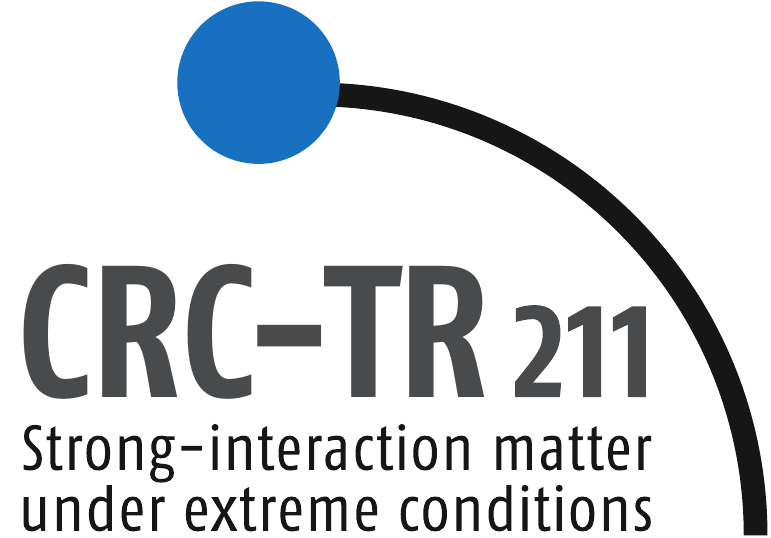\( \newcommand{\dd}{\mathrm{d}} \) \(
\DeclareMathOperator{\sign}{sign} \) \(
\newcommand{\pvec}[1]{\vec{#1}^{\,\prime}} \) \(
\newcommand{\R}{\mathbb{R}} \)
\( \newcommand{\dd}{\mathrm{d}} \) \(
\DeclareMathOperator{\sign}{sign} \)

 Nuclear Theory
Colloquium
Nuclear Theory
Colloquium
Venue: Physics Building, Max-von-Laue-Str. 1, Seminar Room PHYS 2.116
Time: Thursday, February 07, 4:30pm (s.t.)
Contact: hees@th.physik.uni-frankfurt.de
What can we learn from cosmic ray antimatter?
Kfir Blum (CERN and Weizmann Institute)
In recent years, space-borne experiments
have delivered new measurements of high energy cosmic ray (CR) antiprotons
and positrons. We report on the theoretical interpretation of these
measurements, presenting evidence that CR antiprotons and positrons most
likely come from astrophysical secondary production and do not require
exotic contributions from, e.g., dark matter or pulsars. In addition,
based on recent accelerator analyses we show that the flux of secondary
anti-deuterons and anti-helions may be observable with the AMS-02
experiment.
Nuclear
Physics Colloquium Homepage

 Nuclear Theory
Colloquium
Nuclear Theory
Colloquium 
 Nuclear Theory
Colloquium
Nuclear Theory
Colloquium